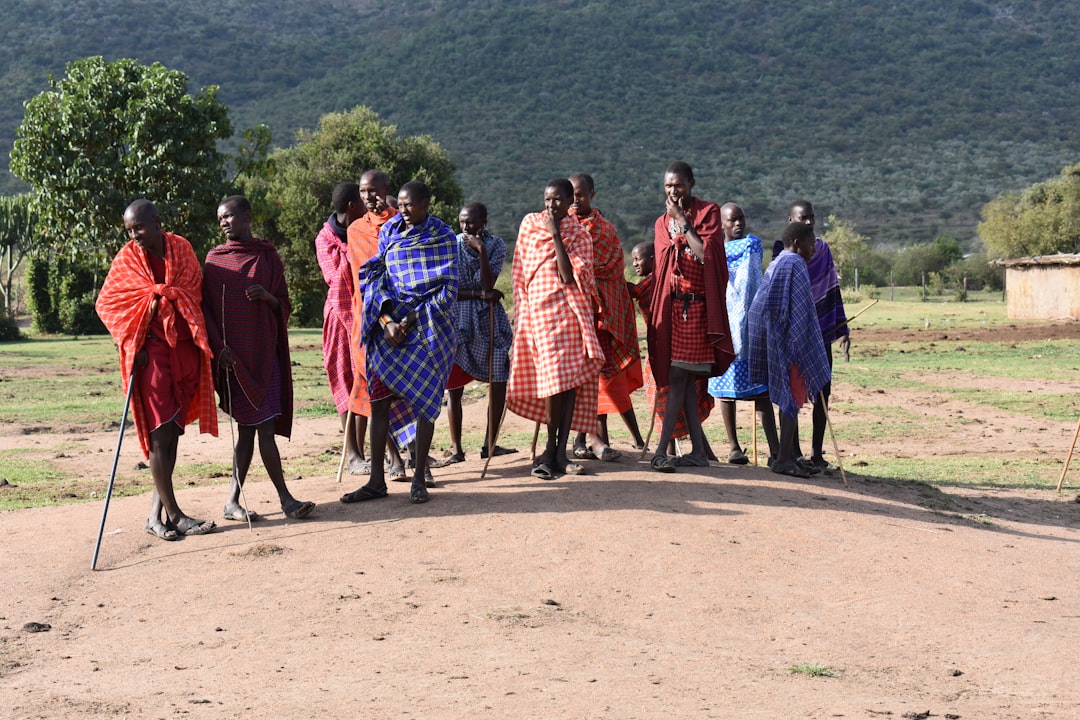What is it about?
This paper examines the displacement experiences of urban poor tenants in Seoul, South Korea, and the constraints on their financing of post-displacement housing. Since the mid-1980s, urban renewal of slums and dilapidated neighbourhoods in Seoul has been geared towards clearance and wholesale redevelopment. This approach is accompanied by legalization of land tenure for dwelling owners without de jure property rights, and is based on profit-led partnerships between property owners (both on-site dwelling owners and absentee landlords) and developers. Since the end of the 1980s, tenants have been given the option, if eligible, of in-kind compensation (access to a public rental flat) or cash compensation. Neither choice, however, reflects the needs of poor tenants who still find it difficult to finance inevitably increased housing expenditures. Policy measures are necessary to increase the range of options available to tenants upon displacement.
Featured Image
Why is it important?
Explains the forced consumption among displacees after eviction from their more affordable neighbourhood. Also highlights how public (rental) housing may not necessarily be a housing solution for the poor who do not have access regular income and stable jobs.
Read the Original
This page is a summary of: Living on the edge: financing post-displacement housing in urban redevelopment projects in Seoul, Environment and Urbanization, October 2008, SAGE Publications,
DOI: 10.1177/0956247808096120.
You can read the full text:
Contributors
The following have contributed to this page










